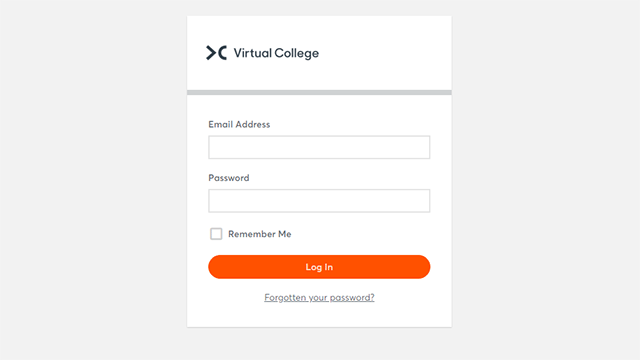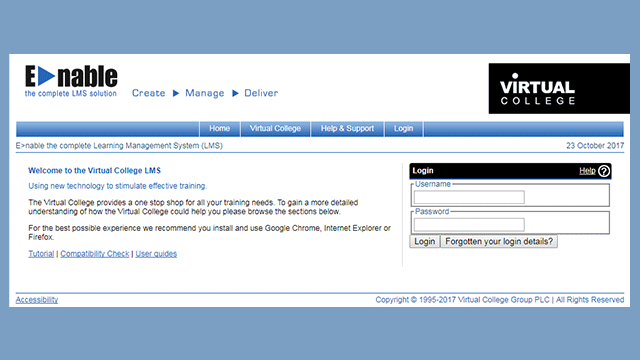Safeguarding Everyone Level 2 Refresher Training
Course Overview
Format
- Level 2
- 1 Study Hour
- Online Study
- Self-Printed Certificate
Accreditation
- 3 CPD Points
- CPD Certified
Course description
Our Safeguarding Everyone Level 2 Refresher course has been designed for anyone who has completed the training in the past, whether through face-to-face or digital training, and is looking to update and refresh their knowledge.
For those who work with children or vulnerable, there is always going to be safeguarding responsibilities, though these will vary depending on your role. Our Level 2 course is aimed at those with extra safeguarding responsibilities, but aren’t necessarily at a managerial or supervisor level.
This course will explore safeguarding in light of both children and vulnerable adults and will provide insights into all the topics you need to know, including signs, symptoms and types of abuse, current legislation and guidance, and your recording and reporting responsibilities.
We also offer Safeguarding Everyone Training at Level 1 and Level 3
Unsure if you require Level 1, 2 or 3 Safeguarding Everyone training? Check out our short guide to find the course that best matches your needs and requirements here.
Why take this course?
Anyone who works with children or vulnerable adults has a statutory duty to safeguard. Training is a fantastic way of learning and understanding your responsibilities in this area. But safeguarding is a topic that is constantly changing, so it is important that training is regularly refreshed. This is why refresher courses are so important.
Companies can decide how often they refresh their employees training, though every two years is a common suggestion. This will vary depending on the roles and responsibilities though.
Course Overview
Our course includes bite-sized modules covering both safeguarding children and safeguarding adults. These bite-sized modules allow you, the learner, to dip in and out as you need and in your own time, providing you with the flexibility that many learners desire in our busy working world.
We have also included a range of immersive real-world scenarios and challenges to help embed the learning, and relate the topic to your role, allowing you to get a deeper understanding of your safeguarding responsibilities.
Our course covers a range of topics
Our course explores the following safeguarding topics, covering both children and vulnerable adults:
- An overview of safeguarding
- Why is safeguarding important
- Serious case reviews and Bichard reports
- The latest legislation and guidance
- Multi-agency working
- Jargon and key terms
- National and local contexts
- Types of abuse
- Signs and symptoms of abuse
- Reducing the likelihood of abuse
- Whistleblowing
- Roles and responsibilities
- Recognising abuse
- How to deal with suspected/disclosed abuse
- Record-keeping and recording
Who should take this course?
This training course should be taken by anyone who works with children and vulnerable adults, has previously completed their Safeguarding Everyone Level 2 training and needs to refresh and update their training.
This may include roles such as non-clinical staff, administrators and reception staff for safeguarding teams, reception managers, teachers, psychologists, shared lives carer, PA, rehabilitation worker, welfare rights officer, housing support officer, health and social care support workers, community pharmacist or counsellor.
You will learn
- Explain the profound impact some well-known cases of abuse have had on legislation
- Explain the importance of multi-agency cooperation
- Define safeguarding in respect to children, young people and adults
- Describe what you need to do if a vulnerable individual makes a disclosure or if you suspect abuse
- Explain what whistleblowing is, what it is not and why it is important
- List the ways you can reduce the risk of abuse
- List the signs and symptoms of the different types of abuse
- Outline the responsibilities Level 2 workers may have
Who is it for?
Roles including:
- Administrators
- Reception staff
- Teachers
- Teaching assistants
- Social workers
- Safeguarding teams










/safer-recruitment.jpg?mw=320&hash=A2BB5E144C89C295EC10C63680F69F39C4C3E566)


/e-safety-.jpg?mw=320&hash=A9FCF6B70F32AD3EA74633373FF0213B000F75FF)










